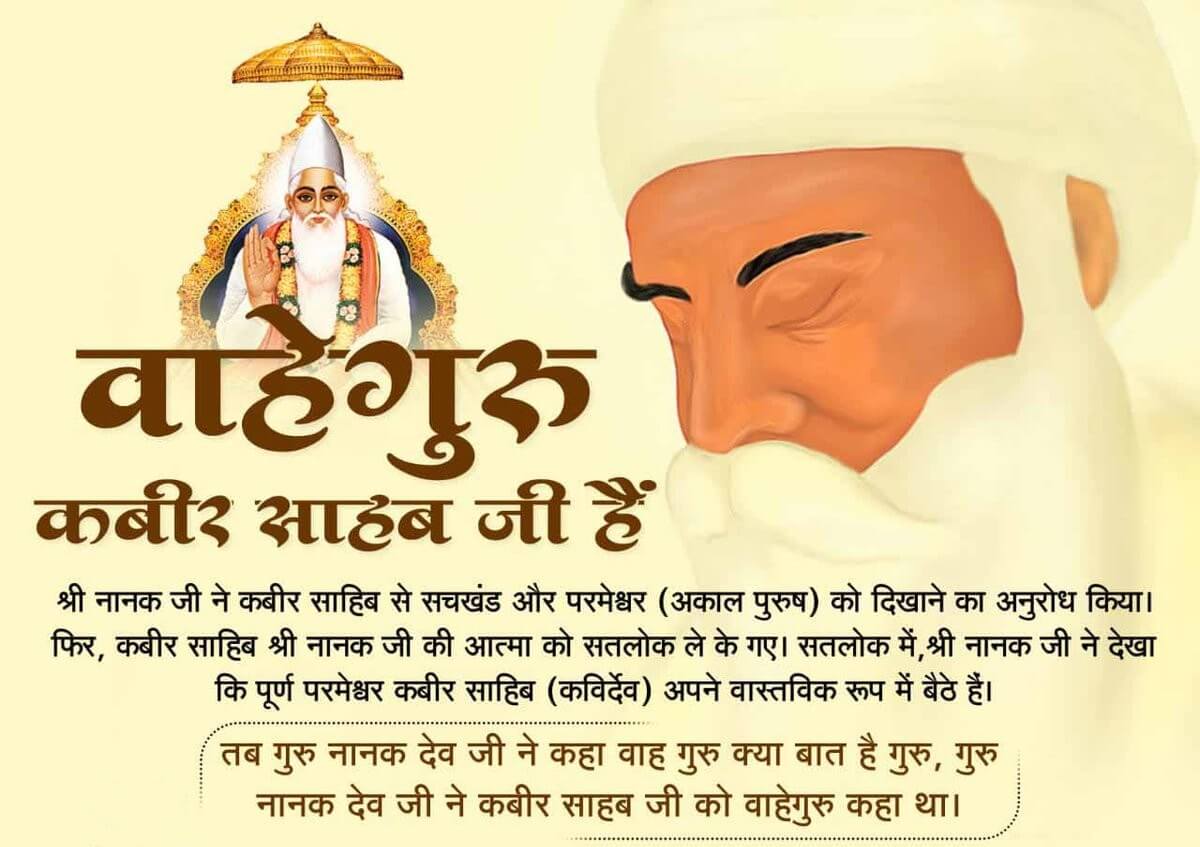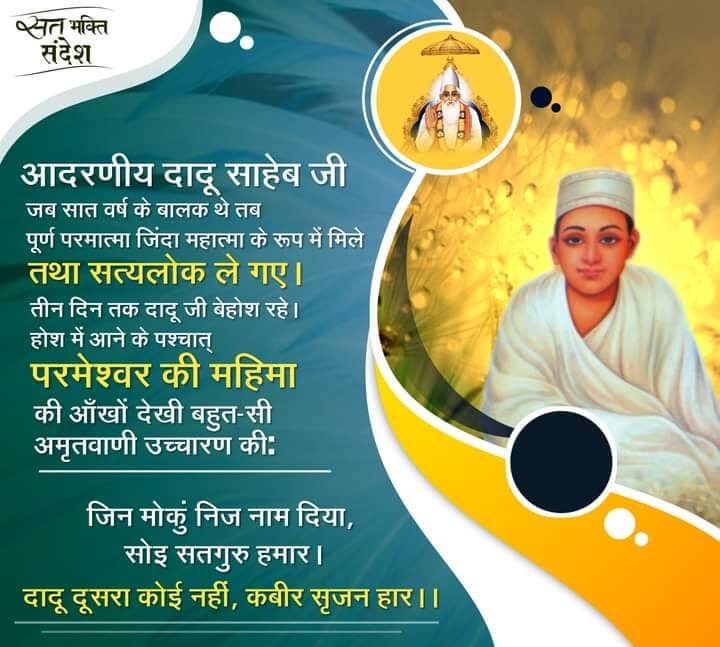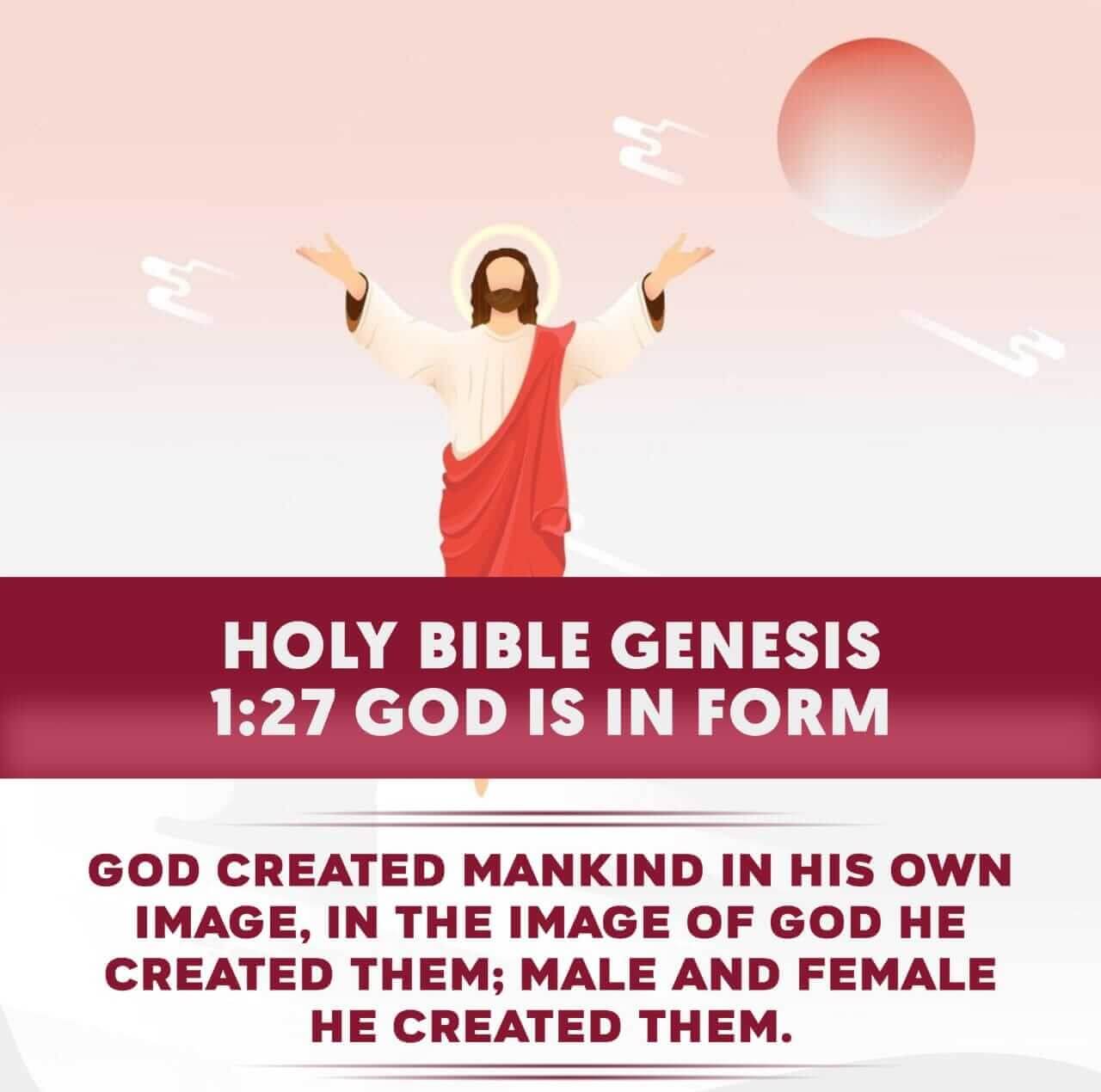Summary of Chapter "Lakshman Bodh"
This chapter essentially reveals the knowledge ("bodh") about the establishment of the Jagannath Temple.
The 13th chapter of Kabir Sagar, titled Lakshman Bodh, is found on page 141.
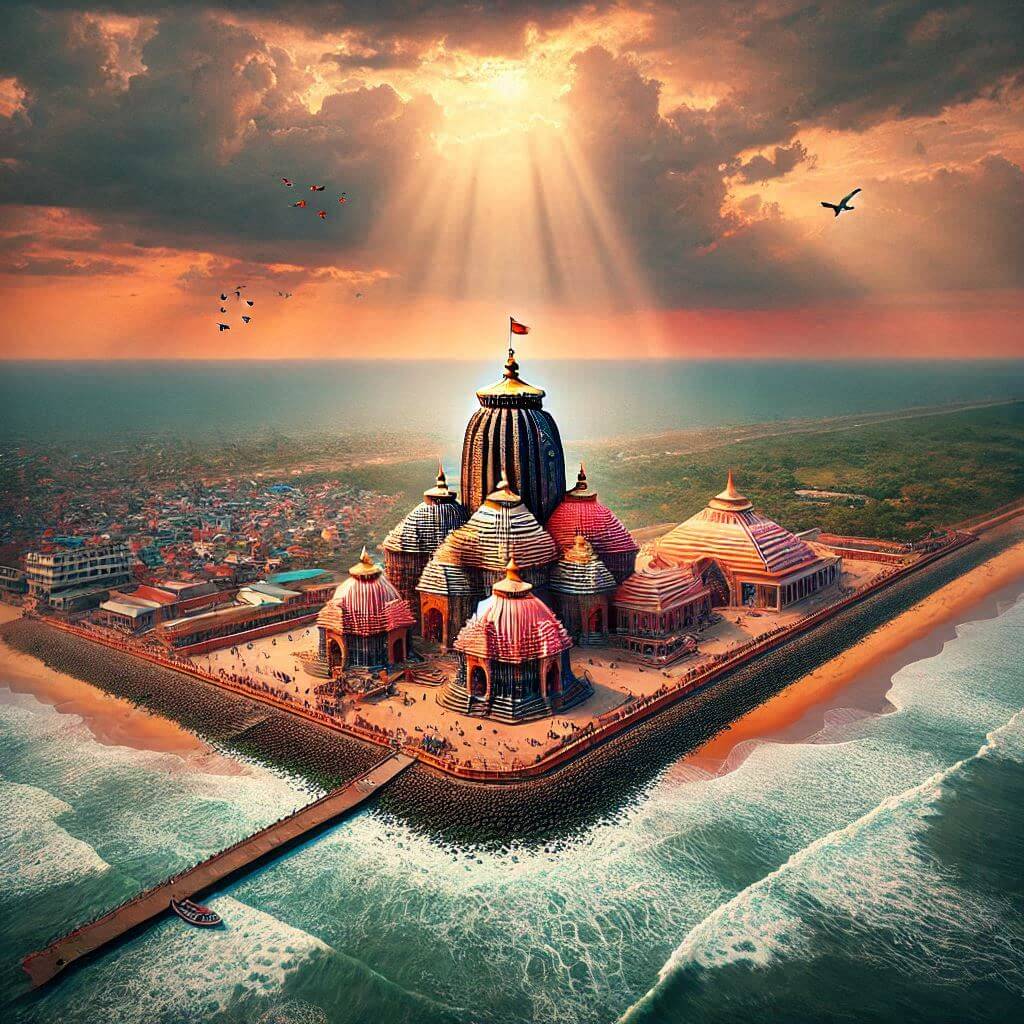
Special Analysis:
This chapter explains how the Jagannath Temple was established. The narrative is intertwined with the accounts of Lakshman and Ramchandra. This is evidence of the ignorance of Kabir Panthis influenced by Kaal.
In this chapter, Dharmdas Ji asked, "O Lord! Why has the Jagannath Temple always been free from untouchability since its inception? What is the secret behind this?"
Param Purush Kabir Ji explained: "To understand this, listen to how the Jagannath Temple was established in Puri."
Establishment of the Jagannath Temple in Puri (Odisha)
When 56 crore Yadavas perished fighting amongst themselves due to Durvasa Rishi's curse, the few who remained were killed by Shri Krishna Ji using pestles. Balbhadra (Balram), who was an incarnation of Shesh Naag, took the form of a serpent after death and entered the Yamuna River.
Shri Krishna Ji lay under a tree to rest, and a hunter named Baaliya mistook the lotus-shaped mark on Shri Krishna’s foot for a deer’s eye. From within the thicket, he shot a poisonous arrow, which caused Shri Krishna Ji's death.
Before dying, Shri Krishna forgave the hunter, who begged for forgiveness, saying, "O King! I mistakenly shot the arrow. I did not do it intentionally." Shri Krishna replied, "This is a consequence of our actions from a previous life. You have fulfilled it now. In Treta Yuga, you were Bali, the brother of Sugreev. At that time, I incarnated as Ramchandra and killed you by shooting an arrow from behind a tree. Today, you have killed me from behind a tree, completing the cycle. I have only a short time left. Do one thing for me: send a message to my relatives, the Pandavas, informing them that the Yadavas are killing each other. Ask them to come quickly."
When Arjuna, Yudhishthir, and the other Pandavas arrived, Shri Krishna told Arjuna, "After my death, burn my body, collect the ashes, and place them in a wooden box. Seal it completely and let it float in the sea." This was done as instructed.
After some time, the box floated to the shores near Puri in Odisha. At that time, King Indradyumna, a devoted follower of Shri Krishna Ji, ruled Odisha. Shri Krishna appeared in the king’s dream and said, "The ashes of my body, placed in a wooden box, were floated into the sea from Dwarka. That box has now reached a specific spot near Puri on the seashore. Retrieve it and build a temple in my name as Jagannath near the sea."
The king woke up and shared the dream with his wife, ministers, and advisors. They went to the specified location and found the box, which confirmed the dream's truth. Soon, the construction of the Jagannath Temple began.
Now, read the complete story:
In the Odisha region, there was a king named Indradyumna, who was a devout follower of Lord Shri Krishna. One night, Shri Krishna appeared to the king in a dream and said, "On the seashore, my ashes are sealed in a wooden box. Build a temple in my name, Jagannath, over that site. Additionally, this temple should not involve idol worship. Instead, appoint a saint to propagate the sacred teachings of the Gita to the visitors." Shri Krishna also showed the exact location on the seashore where the temple was to be built.
The next morning, King Indradyumna shared the dream with his wife, saying, "Last night, Lord Shri Krishna appeared to me and instructed me to construct a temple." The queen responded, "Why delay in such an auspicious task? All our wealth is given by Him, and dedicating it back to Him requires no second thoughts."
The king immediately began constructing the temple at the location shown by Shri Krishna in the dream. However, after the temple was built, a sea storm arose and destroyed it completely, leaving no trace of its existence.
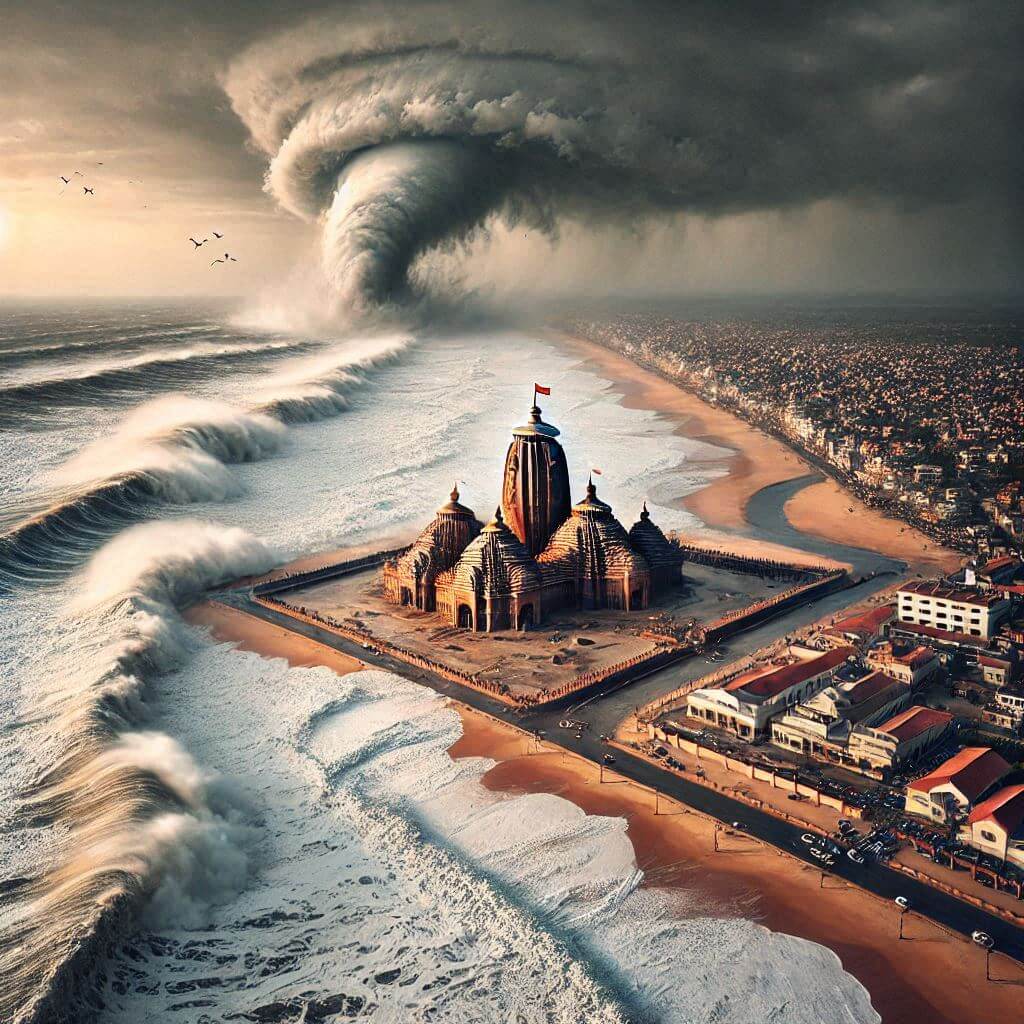
Undeterred, the king rebuilt the temple. Yet, the sea destroyed it again. This happened five times—the king built the temple, and each time, the sea demolished it.
The king, disheartened, decided not to rebuild the temple. He thought to himself, "I don’t know what vengeance the sea is taking on me from a past life." The royal treasury was now empty, and the temple remained unbuilt.
Some time later, the Supreme God (Kavirdev), adhering to a promise made to Kaal (Jyoti Niranjan), came to King Indradyumna and said, "Build the temple now. This time, the sea will not destroy it." The king replied, "Saint, I don't trust this. I am constructing the temple on the orders of Lord Shri Krishna, yet He is unable to stop the sea. I have already built the temple five times, thinking perhaps the Lord was testing me, but now I am no longer capable of taking any further tests since the treasury is completely empty. Building the temple is beyond my means now."
The Supreme God, hiding His true identity, said, "Indradyumna, the Supreme Lord who created all universes is capable of accomplishing all tasks. Other gods cannot do this. I have received the power of that Supreme God, and I can stop the sea." The king replied, "Saint, I cannot believe there is a Lord more powerful than Shri Krishna. If even He could not stop the sea, who are you to claim such power? I don’t believe you, and neither do I have the resources to build the temple."
Kavirdev (Kabir Parmeshwar) guised as a saint responded, "King, if you feel like rebuilding the temple, come to me. I live at a certain place." The Lord then departed.
That same night, Shri Krishna once again appeared to King Indradyumna in a dream and said, "Indradyumna, build the temple one more time. Seek assistance from the saint who came to you earlier. He is no ordinary saint. His spiritual power is unparalleled."
The king awoke and recounted the dream to his queen, who said, "If the Lord is commanding, do not hesitate. Rebuild the temple." Hearing her pious words, the king said, "The treasury is empty now. If I don’t build the temple, the Lord will be displeased. I am caught in a moral dilemma." The queen replied, "I have jewellery kept aside. That will suffice to build the temple. Take these and obey the Lord's command." She then removed all her jewellery, both from her possession and the ones she was wearing, and placed them at her husband’s feet in dedication to the Lord.
The king went to the location mentioned by Kabir Parmeshwar, found the saint, and prayed to him to stop the sea. The Lord, in the form of a saint, said, "Where the sea rises and strikes, build a platform (a small elevated structure) on the seashore. I will sit on it and meditate on the Lord, stopping the sea."
The king had a large stone platform constructed by craftsmen, and the Supreme Lord Kabir sat upon it. Construction of the temple began for the sixth time.
At that time, a Siddha Mahatma from the Nath tradition arrived and said to the king, "King, you are building a wonderful temple. You must install idols in it. A temple without idols is incomplete. This is my directive."
King Indradyumna folded his hands and replied, "O Nath Ji, Lord Shri Krishna appeared to me in a dream and instructed me to build the temple. He specifically said that no idols or ritualistic worship should be placed in this temple."
Hearing this, Nath Ji said, "Dreams are not reliable truths. Follow my directive and install a sandalwood idol." With these words, Nath Ji left without accepting any food or drink.
Fearing the consequences, the king ordered sandalwood to be procured and instructed craftsmen to carve an idol of Shri Krishna. Nath Ji's command was to install Shri Krishna's idol. Other saints and advisors suggested, "How can the Lord reside alone? Shri Balram was always with Him." Another said, "His sister Subhadra was the Lord's cherished sibling; how can she remain apart from Him?"
It was decided to create three idols. Three craftsmen were appointed. However, as soon as the idols were made, they broke into pieces. This happened three times—the idols shattered each time they were completed.
The king became deeply distressed, thinking, "It is not in my destiny to earn this glory and merit. The temple gets destroyed, and now the idols are breaking. Nath Ji has left, displeased. If I tell him about the broken idols, he will think I am making excuses, and he might curse me."
In his anxiety, the king neither ate nor slept that night. The next morning, in his troubled state, he went to the royal court. At that very moment, the Supreme Lord Kabir appeared in the court, disguised as an 80-year-old carpenter. He carried a bag slung over his shoulder, with a saw visibly sticking out, making it clear he was a carpenter. Other tools like chisels and drills were also inside the bag.
In his carpenter guise, the Lord said to the king, "I have heard that the idols for the temple are not being completed. I am 80 years old and have 60 years of experience. Not every carpenter can carve sandalwood idols. If you permit, I am here to serve."
The king said, "O carpenter, you seem like God Himself has sent you to me. I was very worried, hoping for an experienced craftsman to resolve this issue. Please start making the idols immediately."
Disguised as the carpenter, Kabir Parmeshwar said, "O King, provide me with a room where I can carve the idols. I will shut the door from the inside to maintain purity while working. Once the idols are complete, I will open the door. If anyone opens it prematurely, only the partially made idols will remain as they are."
The king agreed and said, "Do as you see fit."
Twelve days passed while the idols were being made, and Nath Ji arrived. He asked King Indradyumna, "Have the idols been completed?" The king, with folded hands, replied, "O Mahatma Ji, I have strictly followed your command. However, it is my misfortune that the idols are not being completed. They shatter into pieces as soon as they are half-made." To prove his point, the king had the broken pieces of the idols brought by his servants and showed them to Nath Ji.
Nath Ji insisted, "The idols must be made. Let me see how they break now." The king replied, "Nath Ji, the attempt is ongoing. An experienced 80-year-old craftsman, sent by the Lord, is making the idols in a locked room. He has said that once the idols are completed, he will open the door himself. If anyone opens the door prematurely, the idols will remain in whatever state they are found. It has been twelve days now; he has neither come out nor taken any food or water."
Nath Ji remarked, "The idols should be checked to see how they are being made. Why wait until they are completed? If they are not perfect, we will fix them." Saying this, Nath Ji took King Indradyumna to the room where the idols were being carved. He called out to the craftsman, "Open the door!" He repeated this several times, but the door did not open, and even the sound of carving stopped.
Nath Ji said, "You say he is 80 years old and hasn’t eaten or drunk anything in twelve days. Now the sounds have stopped; perhaps he has died inside. Break the door down!" The door was forced open, and they saw three idols inside. However, none of the idols had hands or feet fully carved. The craftsman had disappeared.
The temple was completed, and Nath Ji, unwavering in his stance, said, "Install these idols as they are. Perhaps this is how the Lord desires them to be. It seems Shri Krishna Himself crafted these idols and left."
The chief priest calculated an auspicious time, and the next day, the idols were installed. The chief priest, along with other priests, the king, soldiers, and devotees, prepared to perform the prana pratishta (ceremony of invoking life in the idols).
At this point, Kabir Parmeshwar, in the guise of a Shudra (a member of the lowest caste), stood at the main entrance of the temple, facing the temple as if unaware of the grand procession approaching behind him. The chief priest, leading the procession, noticed the Shudra blocking the path. Despite this, Kabir Parmeshwar continued to stand there.
As they came closer, the chief priest, angered, shoved the Shudra so hard that he fell to the ground some distance away. Kabir Parmeshwar, maintaining His divine play, sat in a secluded spot in His Shudra guise.
When the king and the devotees entered the temple, they were astonished to see that all the idols had taken the form of the Shudra they had just encountered at the gate. Everyone present was bewildered by this divine spectacle.
The chief priest exclaimed, "The Lord is displeased! The temple’s sanctity was defiled by that Shudra, and now all the idols have assumed his form. This is a grave misfortune!"
After some time, the idols returned to their original form. They were cleansed multiple times with Ganges water, and the prana pratishta ceremony was completed.
Kabir Parmeshwar, reflecting on the ignorance and hypocrisy of the ritual, said, "Behold the pinnacle of ignorance and hypocrisy. A craftsman creates an idol, which then becomes a god. The priest or some other saint invokes life into this idol, claiming to give the Lord life itself. Only then does this lifeless piece of wood or clay become capable of granting boons. What a profound mockery these hypocrites have made of the Lord’s true devotees!"
A few days after the idols were established, the ocean waters rose about 40 feet high in what is known as a sea storm and surged rapidly toward the temple. Kabir Parmeshwar was seated on the platform (chaura), and with one hand raised as if giving a blessing, He stopped the ocean in its tracks. The ocean, towering like a mountain, froze in place and could not advance further.
In the form of a vipra (a learned man), the ocean approached the Lord seated on the platform and said, "O Lord, please give me passage. I wish to proceed and destroy the temple."
The Lord replied, "This is not a temple; it is a palace (ashram). A learned individual will reside here and impart the sacred knowledge of the Gita. Destroying this is not befitting of you."
The ocean insisted, "I will certainly destroy it."
The Lord replied, "Go ahead, who is stopping you?"
The ocean said, "I am helpless before Your immense power. Please grant me passage, O Lord."
Kabir Parmeshwar then asked, "Why are you doing this?"
In the guise of a vipra, the ocean replied, "When Shri Krishna, in Treta Yuga, came as Shri Ramchandra, He insulted me by threatening me with a fiery arrow to demand passage. I am now seeking to avenge that insult."
The Lord said, "You have already taken your revenge. You submerged Dwarka."
The ocean responded, "I couldn’t completely submerge it. Half of it remains. A powerful saint had appeared, preventing me from entirely swallowing Dwarka. Even now, whenever I try, I am unable to reach it. Some force holds me back."
Then Kabir Parmeshwar said, "It was I who went there as well. I saved what remained of Dwarka. Now go and consume the rest of it, but leave the site where Shri Krishna’s body was cremated untouched."
(At the site of Shri Krishna’s cremation, a large temple was built. This memorial serves as evidence that Shri Krishna indeed passed away and left His physical body made of the five elements. Otherwise, in the future, people would claim that Shri Krishna never died. After the cremation, His ashes were collected and sealed in a wooden chest, which the Pandavas then floated into the ocean.)
With the Lord’s permission, the ocean submerged the remaining parts of Dwarka. Kabir Parmeshwar then commanded, "From now on, never attempt to destroy this Jagannath temple. Move far away from this palace."
Obeying the Lord’s command, the ocean bowed and withdrew approximately 1.5 kilometers away from the temple.
Thus, the temple, or dham, of Shri Jagannath Ji was established.
There is no untouchability in the Jagannath Temple from the beginning
A few days later, the priest (panda) who had pushed Kabir Parmeshwar, disguised as a Shudra, at the temple's main gate, developed leprosy. Despite trying all possible medicines, his condition did not improve. The suffering from the disease kept increasing. He performed all types of worship and prayed tearfully to Shri Jagannath Ji for relief from his pain, but all efforts were in vain.
One night, Shri Krishna Ji appeared to him in a dream and said, "Panda, wash the feet of the saint whom you pushed at the main gate of the temple, and drink that charanamrit (holy foot water). Only by his blessings can your leprosy be cured—provided he forgives you wholeheartedly. Otherwise, it will not happen."
In desperation, the priest got up early the next morning. Accompanied by several other priests, he went to the place where Kabir Parmeshwar, in the guise of a Shudra, resided. As soon as the priest approached, the Lord stood up and started walking away, saying, "O panda, I am untouchable. Stay away from me lest you become impure."
When the priest came closer, the Lord moved further ahead. The priest then broke into tears and began crying bitterly, saying, "O Merciful One, please forgive my offense."
Moved by compassion, the Lord stopped. The priest respectfully spread a clean cloth on the ground and requested the Lord to sit. Kabir Parmeshwar sat on the cloth. The priest then washed the Lord’s feet with his own hands and collected the charanamrit in a vessel.
The Lord said, "Panda, drink this for 40 days and also add some to your bathwater. By the 40th day, your leprosy will be cured." He further warned, "In the future, if anyone practices untouchability in this Jagannath Temple, they too will be punished."
All those present vowed that from that day onward, there would be no untouchability at this sacred place.
Reflection: The Jagannath Temple in India is uniquely known for having no tradition of untouchability from its inception.
Even I, this servant, had the opportunity to visit that place. With several companions, I went to see that site to gather some evidence. All the proofs are still present there as witnesses. The stone platform (chowra) where Kabir Parmeshwar Ji sat to stop the sea and save the temple still exists. A dome has been constructed over it as a memorial. Additionally, there is a very old ashram maintained by a traditional lineage of caretakers (mahants).
When I met a 70-year-old elderly mahant at the site and inquired about how the temple was saved from the sea, he narrated the same story. He further mentioned that his ancestors had been caretakers there for generations. He pointed out the spot where Shri Dharmdas Sahib and his wife, Bhaktmati Aamni Devi, left their mortal bodies. Their samadhis (tombs) are still visible side by side.
We then visited the Shri Jagannath Temple. Idol worship is still not practiced there, but exhibitions have been set up.
Inside the temple, the three idols of Lord Shri Krishna Ji, Shri Balram Ji, and their sister Subhadra Ji are present, but the palms of their hands are missing—both hands are truncated. These idols are not worshipped; they are kept merely for display.
I asked a guide panda about the history of the temple and whether it is true that the sea destroyed it five times before it was rebuilt. I also asked why the sea destroyed it and who eventually stopped it. The panda replied, "I do not know all the details, but it was entirely due to the grace of Shri Jagannath Ji, who stopped the sea. I have heard that the sea destroyed the temple three times."
I further questioned, "Why did the Lord not stop the sea the first time itself?" The panda replied, "It is Jagannath’s leela (divine play)."
I then asked, "Is there untouchability in this temple or not?" He answered, "Since the temple was built, there has been no untouchability here. Shudras and pandas eat together from the same plate or leaf; no one objects."
I then asked, "In other Hindu temples, there was once a lot of untouchability. Why is it absent here? Isn't the Lord the same?" The panda replied, "It is Jagannath’s leela."
Reflection: Respected souls, consider how much truth has been suppressed under the guise of "Jagannath’s leela." Sacred memorials are indeed honorable, but true self-welfare can only be achieved through devotion aligned with the holy Gita Ji and the sacred Vedas, as revealed through the spiritual knowledge of Parmeshwar Kabir Ji. Otherwise, acts contrary to the scriptures will render human life meaningless (as proven in Gita Chapter 16 Verses 23-24).
In the Shri Jagannath Temple, as per the Lord's command, the glory of the knowledge of the sacred Gita Ji should be celebrated. Self-welfare is possible only through devotion performed in the manner prescribed in the Shri Gita Ji. Otherwise, merely visiting Jagannath Ji's temple or eating the khichdi offered as prasad will yield no benefit, as these acts are not mentioned in the Gita Ji. Such acts are scripturally invalid, as evidenced in Gita Chapter 16 Verses 23-24.
Ardh raatri beet gayi thi, swapn mein dikhe Ghanshyam.
Indradaman ek mandir banwa de, Jagannath ho jiska naam. Tek
Sun raja ek bhavan banwa de, sang samundar gehra ho.
Gita Ji ka gyan chalai wahan, vidwan katha koi keh raha ho.
Na murti na paakhand pooja, wo sahaj swabhav se reh raha ho.
Yog yugath ki vidhi batave, jisse man indri par pahra ho.
Kaliyug mein jo naam japega, uske sarenge saare kaam. 1
Paanch baar mandir banwaya, Shri Krishna Ji ke kehne se.
Mandir toota avshesh bacha na, tej samundar behne se.
Kahain Kabir ab mandir banwao, yo toote na mere rehne se.
Chhathi baar mandir banwaya, raja na raani ke gehne se.
Kahain Krishna Poornabrahm Kabir yahi hai, iske charanon mein kar pranam. 2
Kahain Kabir ek chowra banwao, jahan Ram naam lau launga.
Jis par baith samundar ko rokun, aur mandir ko bachaunga.
Kahain samundar uth bhagwan, main mandir todne jaunga.
Ram roop mein isne mujhe sataya, wo badla lena chahunga.
Agni baan se rasta maanga, kahya tha mujhe neech gulaam. 3
Krishna Ji ki puri Dwarka, us par la kar laavo ghaat.
Idhar samundar bahur jo aaya, to theek nahin rahgi baat.
Ek meel saagar hatga, jod kar ke dono haath.
Puri Dwarka dubo laai thi, Krishna Ji ki bigaadi jaat.
Parvat ki jyon ruka samundar, Jagannath ka ban gaya dhaam. 4
Vriddh karigar ban kar aaye, Bandi Chhod Kabir Kartar.
Haath pair pratima ke reh gaye, dhakke tai diye khol kiwaar.
Achhoot roop mein Sahib aaye, khade huye the beech dwaar.
Pande Ji ne dhakka maara, kahain karke neech gawaar.
Kodh laagya panda rove, kaya ka gal gaya sab chaam. 5
Charan dho panda na piye, jyon ki tyon fir ho gayi khaal.
Kahain Kabir suno sab panda, yahan chhua-chhaat ki na chale chaal.
Jai koi chhua-chhaat karega, uska bhi yohi hoga haal.
Ek patal mein dono jeemen, panda gulaam Rampal.
Ismein kaun sa bhagwan badal gaya, wohe Krishna wohe Ram. 6
